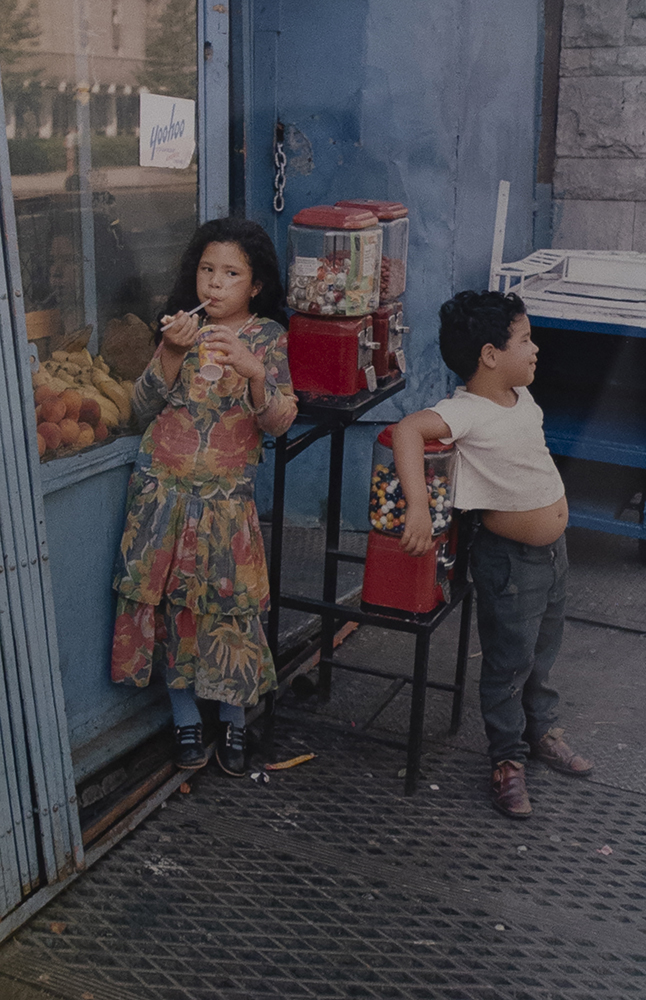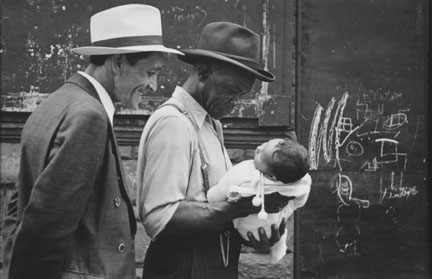About the Photographer
Levitt, Helen
American, 1918-2009
For much of her career Helen Levitt was a touchstone for other photographers while remaining relatively unknown to the wider public. Only more recently has she become recognized as one of the eminent photographers of the 20th century for her lyric photographs of street life in New York City. Born in Brooklyn, Levitt began taking photographs in 1931 and initially pursued various social agendas in a documentary style. In 1936, after seeing the photographs of Henri Cartier-Bresson, she was inspired to adopt a more personal direction, aiming, as she has described, to create images that could stand on their own. Most of Levitt’s photographs in the collection of the MoCP are representative of her black and white photographs from the 1930s and 1940s, centering on children at play in the streets or their chalk drawings on the sidewalks. These images were contemporaneous with studies on children’s psychology and art. In Levitt's compositions, which are carefully organized but spontaneous in feeling, the street emerges as a stage for playful postures, free-wheeling games, and ingenuous gestures of antagonism or camaraderie.
With the exception of brief periods spent working in the film industry, Levitt was an active photographer for over seventy years. In 1941 she traveled to Mexico City with author James Agee, where she photographed street life in the evolving city. She later collaborated with Agee on the documentary The Quiet One (1948), and Agee wrote the introduction to her book A Way of Seeing: Photographs of New York (1965). At the age of thirty she had her first solo exhibition in 1943, entitled Photographs of Children, at the Museum of Modern Art in New York, and in 1955 she was included in Edward Steichen's famous exhibition The Family of Man. In the 1960s and 1970s Levitt was one of the photographers who pioneered the use of color in fine art photography. She received a Guggenheim Foundation grant in 1959 to explore this route for her work, and in 1974 her second exhibition at the Museum of Modern Art featured a set of color photographs, two years before William Eggleston's exhibition at the museum opened the door to mainstream acceptance of color photography as an art form. Books of her photography include In the Street: Chalk Drawings and Messages, New York City, 1938-1948 (1987), Helen Levitt: Mexico City (1997), Crosstown (2001), Here and There (2004), Slide Show: The Color Photographs of Helen Levitt (2005), and Helen Levitt (2008).




